PDF-Investor Assistance 800 7320330
Author : adia | Published Date : 2021-06-19
wwwinvestorgov INVESTOR BULLETIN Interest Rate Risk 151 When Interest Rates Go Up Prices of FixedRate Bonds Fall The SEC146s Office of Investor Education and Advocacy
Presentation Embed Code
Download Presentation
Download Presentation The PPT/PDF document "Investor Assistance 800 7320330" is the property of its rightful owner. Permission is granted to download and print the materials on this website for personal, non-commercial use only, and to display it on your personal computer provided you do not modify the materials and that you retain all copyright notices contained in the materials. By downloading content from our website, you accept the terms of this agreement.
Investor Assistance 800 7320330: Transcript
Download Rules Of Document
"Investor Assistance 800 7320330"The content belongs to its owner. You may download and print it for personal use, without modification, and keep all copyright notices. By downloading, you agree to these terms.
Related Documents

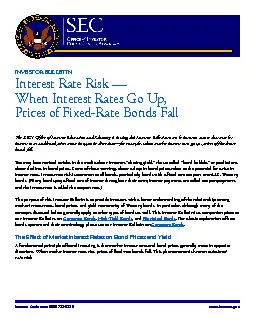

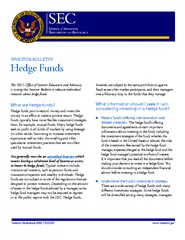

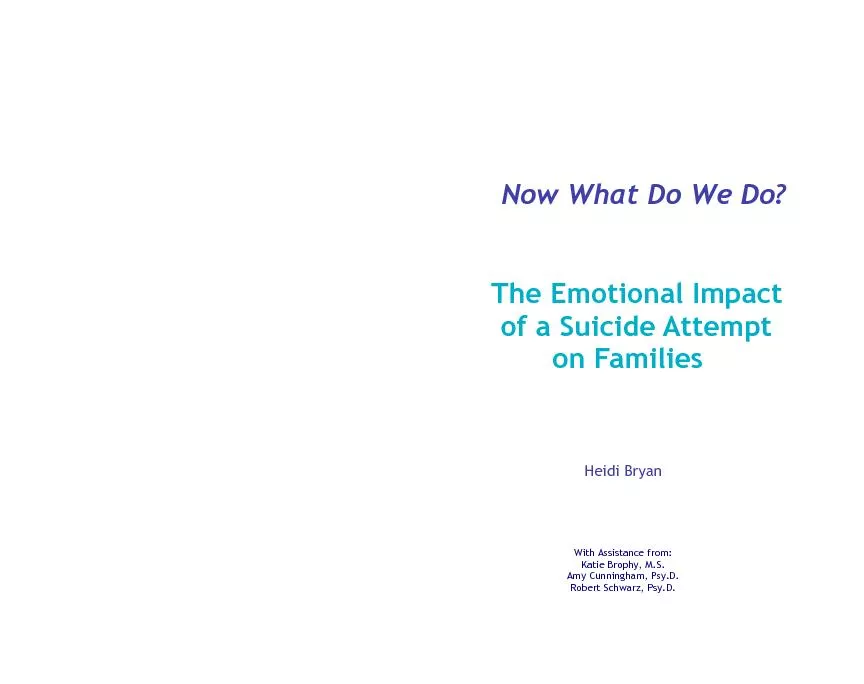
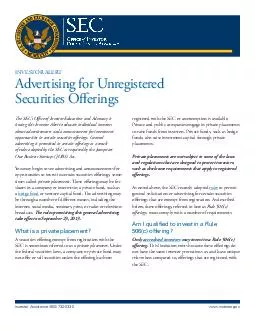


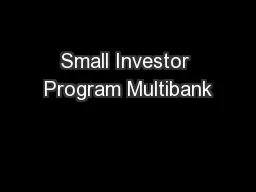
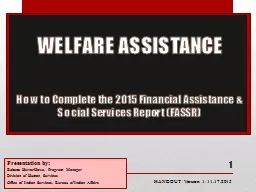
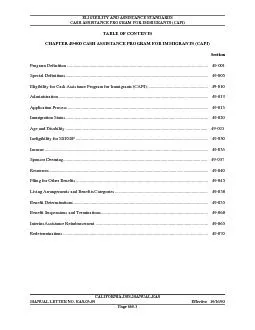
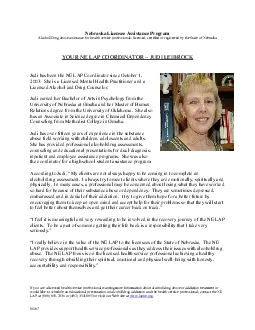
![[PDF]-Certification Accreditation of Federal Information Systems Volume IV: NIST 800-39,](https://thumbs.docslides.com/986114/pdf-certification-accreditation-of-federal-information-systems-volume-iv-nist-800-39-nist-800-115-nist-800-123-nist-800-94-and-nist-800-88.jpg)
